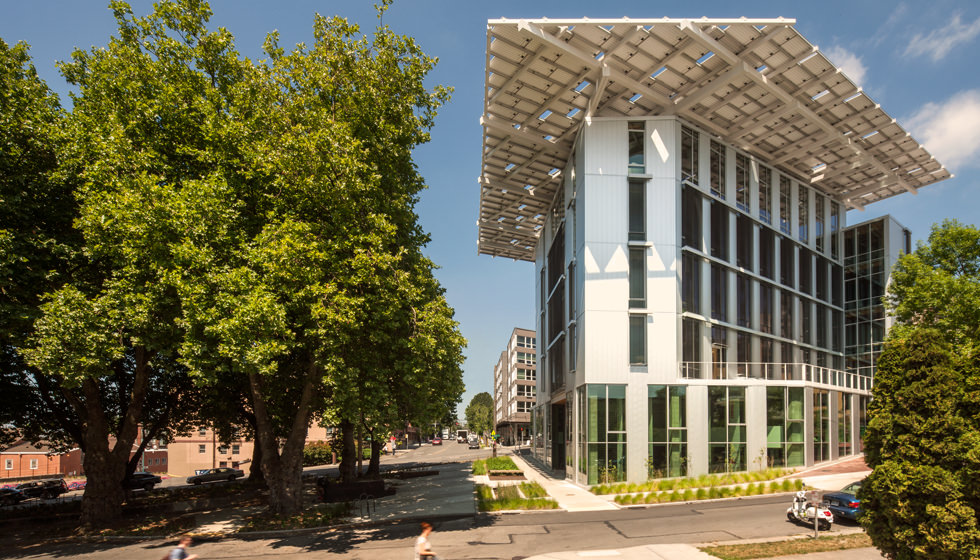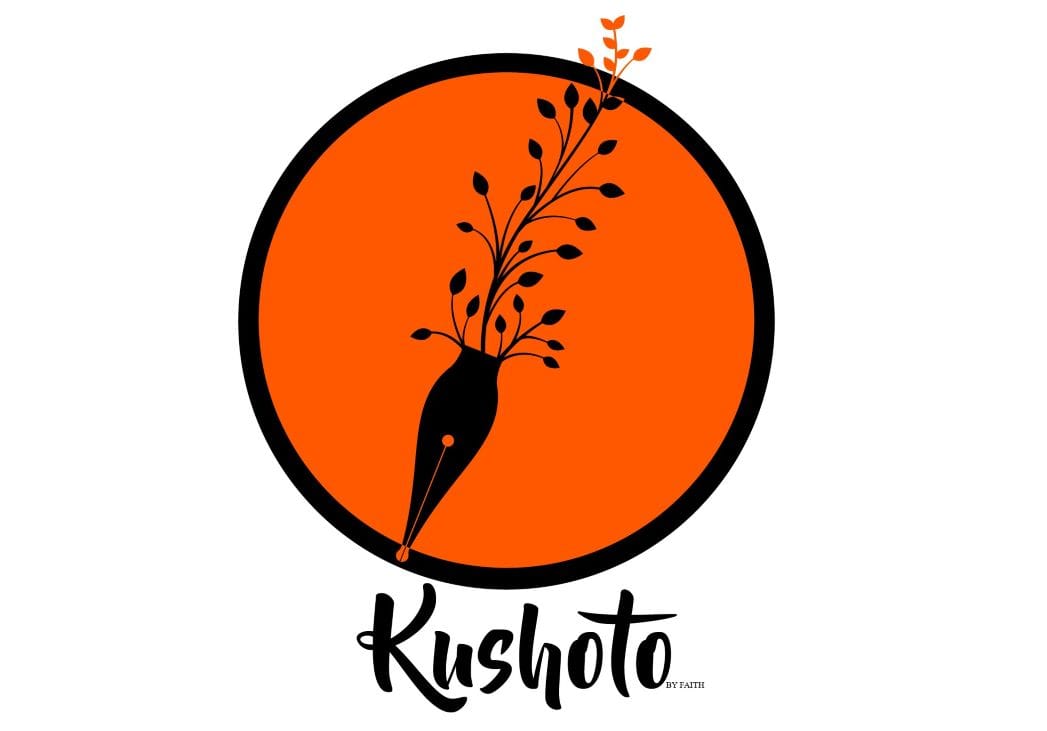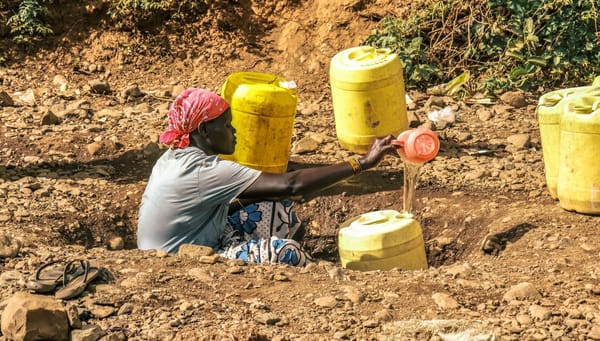Building with Purpose: Eco-Friendly Materials for Sustainable Construction In Africa
African countries have a unique opportunity to embrace sustainable construction methods using locally available, eco-friendly materials.

The construction industry in Africa is expanding rapidly to meet the continent’s growing urban population and infrastructure needs. However, traditional building materials like cement, steel, and imported timber are not only expensive but also environmentally taxing, contributing significantly to global carbon emissions.
As the effects of climate change intensify, African countries have a unique opportunity to embrace sustainable construction methods using locally available, eco-friendly materials.
This article explores African-friendly, sustainable materials that reduce environmental impacts, support local economies, and highlight traditional knowledge, making the future of African construction both greener and more resilient.
Eco-Friendly Materials Transforming the Construction Landscape
Eco-friendly materials provide a pathway for affordable, resilient, and environmentally conscious construction that respects local resources and traditions. Here’s a look at eight key materials transforming the construction landscape in Africa:
1. Bamboo
Bamboo is a renewable resource and one of the fastest-growing plants globally, making it widely available across many African climates. Traditionally used for construction, bamboo is increasingly applied in modern projects for flooring, framing, scaffolding, and decorative finishes.
It’s lightweight yet durable, providing an alternative to traditional hardwoods and reducing the need for deforestation. In low-income rural areas, bamboo’s affordability and availability make it an ideal choice for sustainable construction.
bamboo is one of the fastest-growing plants on Earth! Some species can grow up to 35 inches (nearly 3 feet) in a single day—that’s over an inch an hour. This rapid growth makes bamboo a super-renewable resource, with some varieties reaching full maturity in just 3 to 5 years, compared to the 20-50 years needed for most hardwood trees.
2. Recycled Metal and Steel
While steel is essential for its strength in load-bearing structures, producing new steel is energy-intensive. Using recycled steel, which conserves up to 75% of the energy required to produce new steel, minimizes resource consumption and reduces waste.
It’s valuable for African cities experiencing rapid urbanization and the need for high-rise buildings. Additionally, recycling initiatives in countries like South Africa are driving job creation in metal collection and processing, supporting local economies.
3. Compressed Earth Blocks (CEBs)
Compressed earth blocks (CEBs) are made by compressing clay-rich soil into dense, thermally efficient blocks. Used in affordable housing projects in countries like Ghana and Kenya, CEBs are cost-effective and minimize the need for cement, which is often expensive and carbon-intensive.
Locally sourced and easy to produce, CEBs offer a sustainable solution that aligns with the environmental and economic needs of many African communities.
4. Low-Carbon Concrete (Green Concrete)
Cement production has a heavy carbon footprint, but low-carbon or “green” concrete helps address this issue by incorporating industrial byproducts like fly ash or slag, which reduce the cement content. In Africa, volcanic ash (common in Kenya and Tanzania) can also replace part of the cement, further lowering emissions.
Innovative companies like CarbonCure even trap CO₂ within the concrete, adding an extra layer of sustainability. This option provides the durability of traditional concrete while minimizing its environmental impact.
5. Hempcrete
Hempcrete is a composite made from hemp fibers, lime, and water. Known for its excellent insulation properties, hempcrete reduces energy needs for heating and cooling, and it absorbs CO₂ over its lifecycle, making it a carbon-negative material.
Although it’s not suitable for load-bearing structures, hempcrete works well for walls, insulation, and other non-structural elements. With the ability to grow in various African climates, hemp farming also presents economic opportunities for local farmers.
6. Reclaimed Wood and Indigenous Timber
Reclaimed wood conserves natural resources and promotes a circular economy by repurposing materials from old buildings and furniture. It adds character to new constructions and is often stronger due to its age and density. Indigenous timber, sourced responsibly through sustainable forestry practices, reduces deforestation while supporting local economies.
In Tanzania, reforestation projects help balance construction needs with ecosystem preservation, making reclaimed wood and responsibly harvested timber ideal for sustainable construction.
7. Cross-Laminated Timber (CLT)
Cross-laminated timber (CLT) is an engineered wood product made by layering timber in perpendicular layers, creating strong and resilient panels. As a sustainable alternative to concrete and steel, CLT sequesters carbon, storing CO₂ absorbed during the tree’s growth, and reduces transportation emissions due to its lightweight nature.
In eco-conscious African architecture, CLT offers strength and sustainability for low- to mid-rise buildings, making it a promising material for the future of construction.
8. Rammed Earth
Rammed earth is an ancient building technique, widely used in Mali and other regions, that compresses a mixture of soil, clay, and gravel into sturdy walls. This method keeps buildings naturally cool in hot climates and minimizes the need for energy-intensive cooling, making it ideal for sustainable housing.
With modern advancements, stabilized rammed earth (adding small amounts of cement) provides a durable and thermally efficient option for urban environments across Africa. It reduces transportation emissions by using locally sourced materials and maintains a connection to traditional African building practices.
Benefits of Using Sustainable Materials in Africa
Choosing eco-friendly materials for construction offers several environmental, economic, and social benefits that are especially impactful in the African context:
- Lower Costs: Locally sourced materials, such as earth, bamboo, and recycled metals, reduce transportation costs and make sustainable housing more accessible. These resources are often less expensive than imported, conventional materials, helping to lower overall construction costs and making housing projects more viable for a range of budgets.
- Reduced Carbon Emissions: Sustainable materials have significantly lower carbon footprints compared to conventional options, contributing to efforts against climate change. Renewable materials like bamboo and cross-laminated timber (CLT) not only reduce emissions during production but also sequester carbon over their lifespan, making them carbon-negative resources.
- Job Creation: Embracing sustainable materials supports the growth of local industries, creating job opportunities in areas such as bamboo cultivation, hemp farming, and recycled steel production. This economic growth is especially valuable in rural areas, where new industries can improve livelihoods and contribute to community development.
- Enhanced Climate Resilience: Materials like rammed earth and compressed earth blocks (CEBs) provide natural insulation, regulating indoor temperatures without relying on energy-intensive heating or cooling systems. This resilience is crucial for Africa’s varied climate zones, helping buildings stay comfortable and energy-efficient in extreme temperatures.
- Waste Reduction: Many eco-friendly materials, such as recycled steel and reclaimed wood, repurpose waste that would otherwise end up in landfills. This promotes a circular economy in construction, reducing waste and conserving natural resources.
Challenges to Adoption in Africa
While eco-friendly building materials offer substantial benefits, their adoption faces several challenges across Africa. First, many sustainable materials come with higher initial costs, which can be a barrier for developers and homeowners with limited budgets. Though these materials may reduce long-term expenses, the upfront costs deter adoption, particularly in areas with tight financial constraints.
Another challenge is the limited availability of skilled labor. Construction with sustainable materials like rammed earth or compressed earth blocks requires specific techniques that many builders are not yet trained in. This skills gap necessitates investment in education and training programs to develop a local workforce capable of working with these materials effectively and safely.
The availability of materials is another critical issue. For instance, while materials like rammed earth or hempcrete are sustainable, they may not be readily accessible in all regions. Transporting them from other areas can increase both costs and carbon emissions, undermining some of their environmental advantages. In addition, local sourcing is often hampered by regulatory and logistical barriers, especially in countries with underdeveloped supply chains. This creates further delays and additional costs that can deter builders from choosing these options.
Lastly, there can be a perception bias against eco-friendly materials, with some seeing them as inferior to imported, conventional alternatives. Changing these perceptions requires awareness-building initiatives and demonstration projects that showcase the durability, quality, and long-term value of sustainable materials. By increasing visibility and educating the public, developers can help build trust in these sustainable options.
Real-World Examples of Eco-Friendly Construction
Numerous buildings worldwide showcase the successful use of eco-friendly materials.
For instance, the Bullitt Center in Seattle, which claims to be the greenest commercial building in the world, uses reclaimed wood, low-carbon concrete, and other green materials to achieve one of the highest sustainability standards.
Similarly, the T3 Building in Minneapolis—a seven-story office made entirely of cross-laminated timber—is a model for the future of urban construction, combining strength with sustainability.
Examples of Sustainable African Construction Projects
- Makoko Floating School, Nigeria: Built using locally sourced timber and bamboo, this project showcases how eco-friendly, local materials can create resilient structures in coastal or flood-prone areas.
- Affordable Housing in Ethiopia with CEBs: In Ethiopia, compressed earth blocks are used in affordable housing to lower costs and reduce dependency on imported materials, promoting local employment and sustainable practices.
- Eastgate Centre, Zimbabwe: This commercial building in Harare uses natural ventilation inspired by termite mounds, reducing energy costs and serving as a model for bioclimatic design in Africa.
Conclusion: Building Africa’s Sustainable Future
As Africa’s population and urban centers grow, sustainable construction offers a path to development that respects both people and the planet.
By embracing local, eco-friendly materials, African countries can build resilient infrastructure, create jobs, and reduce their environmental impact.
With each project, Africa’s construction industry has the potential to pioneer a sustainable model that meets the continent’s unique needs, fosters economic empowerment, and champions environmental stewardship in a rapidly changing world.
Sources


.jpg?h=630&ixlib=php-3.3.1&q=60&w=1200)












